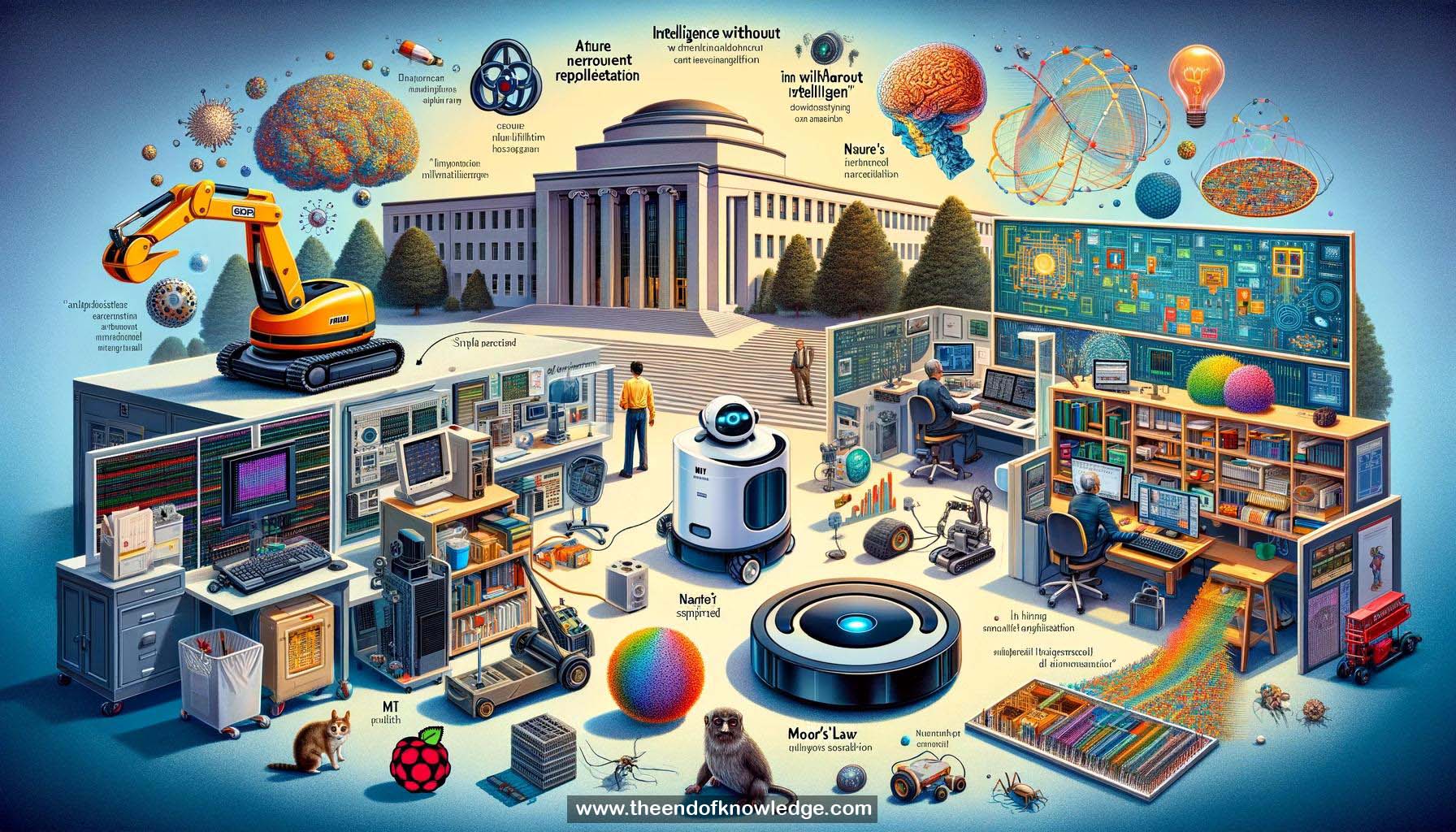 >
>
Concept Graph & Resume using Claude 3 Opus | Chat GPT4o | Llama 3:
Resume:
1.- Rod Brooks is an influential AI researcher who challenged the status quo and shifted focus to real-world systems and nature-inspired intelligence.
2.- Computational power has increased dramatically, enabling new possibilities for AI research.
3.- Neural networks have a long history, with key ideas like shift invariance, backpropagation, and convolutional neural networks developed over decades.
4.- Overestimating short-term impact and underestimating long-term effects of technology is common.
5.- Sufficiently advanced technology appears like magic, leading to overestimation of AI capabilities.
6.- AI performance on specific tasks is often misinterpreted as general competence.
7.- Real-world deployment of AI systems takes much longer than expected due to practical challenges and inertia.
8.- Hollywood scenarios depict unrealistic, sudden technological changes without considering co-evolution of society and technology.
9.- True exponential growth in technology is rare; most improvements eventually plateau.
10.- Exponential computational growth does not guarantee functional equivalence to human intelligence.
11.- Imprecise language and hype around AI leads to overgeneralization of narrow advances.
12.- Combining language models and computer vision requires more than simple integration; grounding symbols in embodied experiences is crucial.
13.- Human intelligence relies on connecting words to models, embodied objects, and geometry, not just linguistic descriptions.
14.- Deep learning may not fully solve the symbol grounding problem, which involves stability and ongoing perceptual integration.
15.- Perception involves fuzzy boundaries and functional understanding, not just labeling based on image characteristics.
16.- Brian Cantwell Smith introduces the concept of registration, a deeper understanding than labeling, as a key challenge for AI.
17.- New ideas can be found by studying the origins and early generations of old papers in depth.
18.- Large language models were a surprising and novel development in AI over the past decade.
19.- Pursuing unique research directions, rather than following crowded fields, can lead to more impactful contributions.
20.- Women have made significant foundational contributions to AI research.
21.- Increased computational power enables new capabilities, such as implementing Asimov's laws in robotics.
22.- Deep learning is likely a temporary focus in AI; new paradigms will emerge in the future.
23.- Geometry is an important but often overlooked aspect of AI and computer vision.
24.- Cheap, massive computation is now available at the edge, near sensors like cameras, enabling intelligent robots.
25.- Backing and reading old ideas with modern computational power may lead to new breakthroughs in AI.
Knowledge Vault built byDavid Vivancos 2024